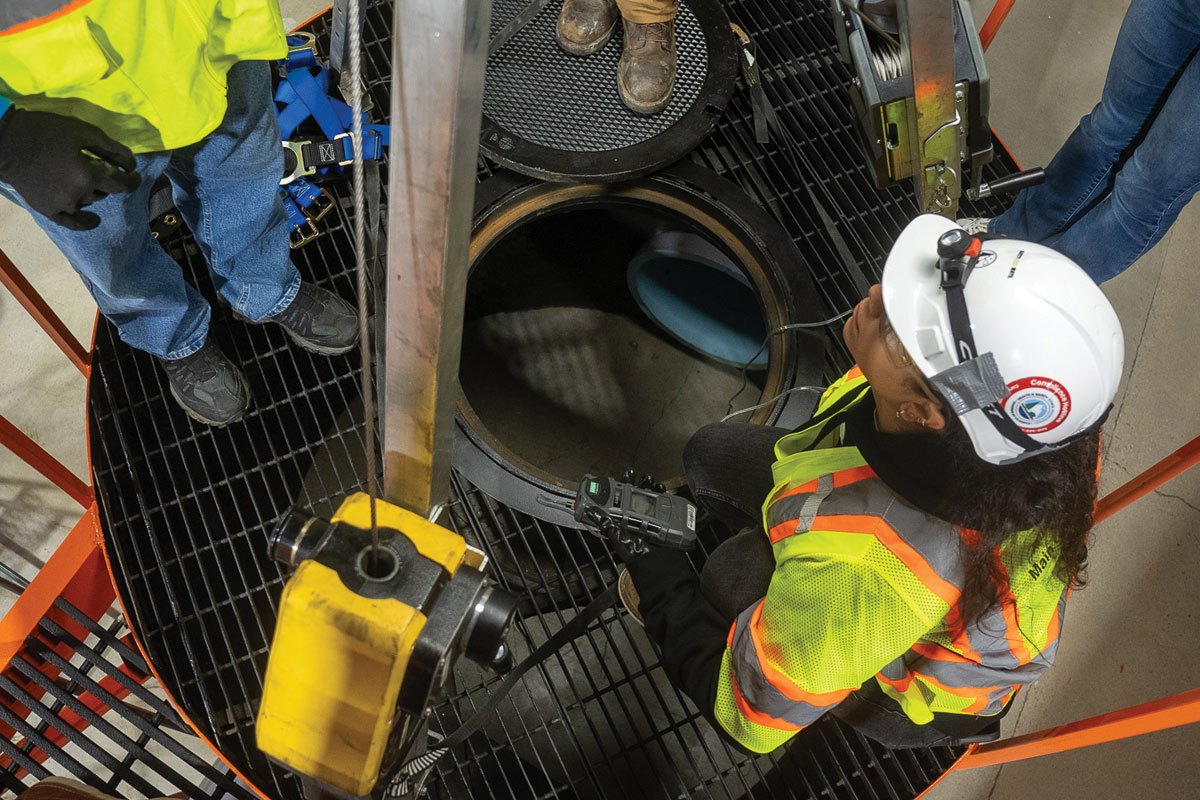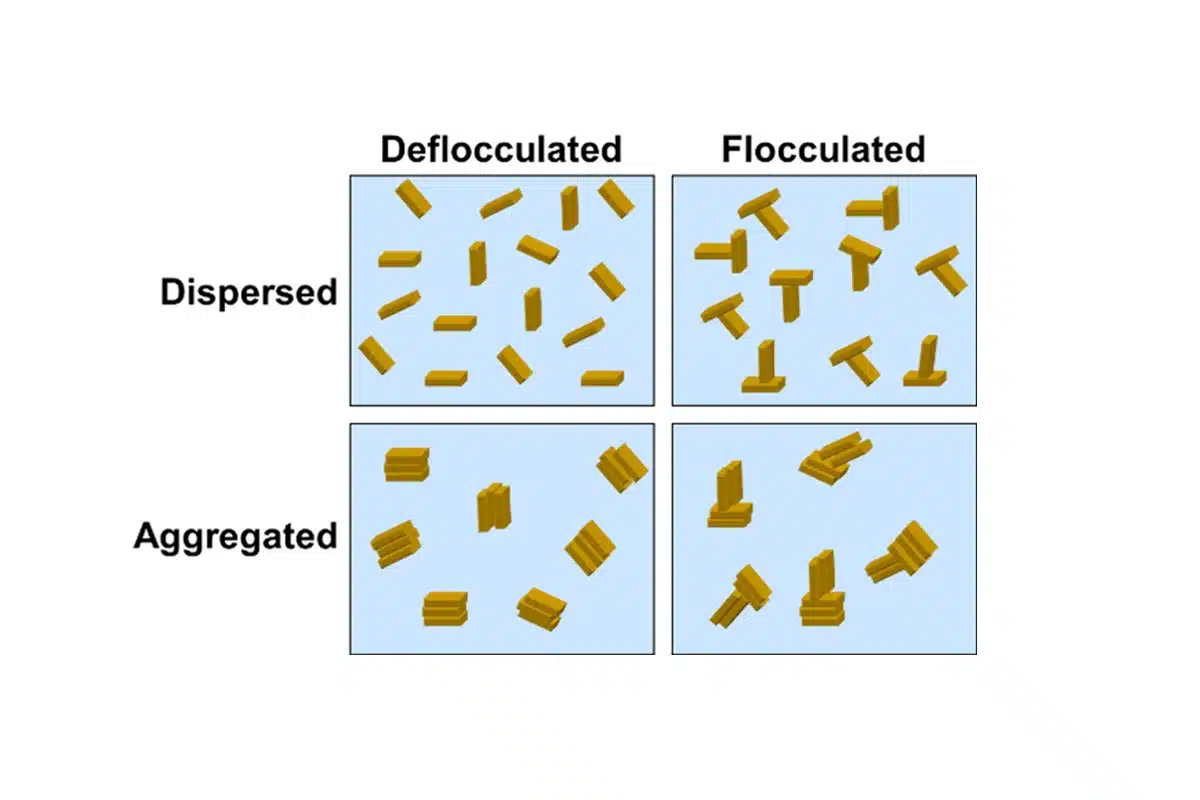
Picking out Pipe-Tips on Selecting Proper Drill Pipe for Your Maxi Rig
April 25, 2015
Simply put, a person should consider six major aspects when purchasing Maxi Rig drill pipe for your horizontal directional drilling (HDD) project. Each is discussed below.
A drill pipe vendor or manufacturer should be able to provide reference materials to help you determine which pipe is right for your application.
First the five areas to consider are: (1) Strength, which is the relationship of tube diameter, wall thickness and grade of steel; (2) Torsional stiffness, which becomes more important on longer bores to avoid pipe wrap; (3) Connection size and type, with consideration of outside diameter (O.D) and internal diameter (I.D.) for downhole hydraulics, as well as strength and serviceability; (4) Value, with consideration of new vs. used pipe and some definition of how to determine the value or anticipated life and risk of used pipe; (5) Quality, and understanding the benefits of advanced manufacturing procedures; and (6) Hard banding.
Strength: Let’s establish that HDD contractors use Grade S-135 (135,000 PSI minimum yield strength) drill pipe because of its strength, and also because of the “toughness.” Modern chemistries of steel used by major drill pipe manufacturers have taken this to a higher standard. The new blends of steel allow for heat treating that makes the pipe “tougher” than found in previous years. The goal is to have the pipe “leak – before break” if a failure is experienced. Other grades of steel such as Grade G-105 are primarily manufactured for other applications such as oil/gas drilling where H2S may be encountered.Take a quick look at the reference table above to compare the strength of various sizes and wall thickness of new Grade S-135 mid-body tubes.
Torsional Stiffness: This becomes very important while drilling a pilot hole on an extended reach HDD project. For example, 6 5/8-in., 27.70 lb/ft, S-135 drill pipe, which has a .362-in. wall thickness will have 59 percent less twist than 5-in., 19.50 lb/ft, S-135 which also has a .362-in. wall thickness. This becomes very important while trying to maintain high side or the clock-face position of the mud motor and drill bit at the end of a 5,000-ft string of pipe.
Connections: Most HDD contractors prefer to use common, field-tested, API-style connections such as 4 1/2-in. IF, 5 1/2-in. full hole or 6 5/8-in. full hole. These connections are available in their standard form or with a double shoulder feature. The double shoulder versions of these connections provide a secondary shoulder at the end of the pin. This adds approximately 30 percent more strength to the connection and helps prevent over-torque to the connection if slip torque is experienced downhole.
Other connections are available, but oftentimes come with their own set of problems such as stabbing/alignment issues, serviceability for re-cuts and availability of cross-over subs, adapters or accessories. The O.D. and I.D. of the connection can also become a concern on longer bores with respect to downhole hydraulics.

Hard banding (shown here) can extend the life of drill pipe when used on rock crossings. Consult with your vendor about the placement and types of hard banding that are available.
Value: Do you want to buy new or used drill pipe? The primary thing to consider is the useful remaining life of used pipe compared to new pipe. For example, let’s evaluate 6 5/8-in. full hole connections on 6 5/8-in., 27.70 lb/ft S-135 tubes. This pipe is typically built with 8 ½-in. O.D. tool joints. The minimum O.D. for this pipe to pass a Premium Class or DS1-CAT5 inspection is 8-in. O.D. New pipe is available for $XX.XX per foot; therefore, you can calculate the value that you are willing to pay for used pipe based on the remaining useful life before the pipe falls below Premium Class inspection criteria.
Another important consideration while determining the value of used pipe is the useable tong space. This same 6 5/8-in. pipe is typically manufactured with 10-in. Pin Tong Length and 13-in. Box Tong Length. Some of the tong space may be lost to hard banding if it is placed in the traditional area since you cannot grip hard banding with the rig vises or jaw dies. It is important to look at the useable tong length of pin and box tool joints when considering buying used pipe. Some pipe may not have enough space to work with certain rig vises. For example, if your drilling rig has 5-in. wide vise dies and the distance from the outside of one die to the outside edge of the other die is 14 in., you would not be able to use pipe that has less than 7 in. of useable tong space if it has hard band on the pin tong and box tong area. API Premium Class (double white band) inspection criteria for 5-in., 19.50 lb/ft, Grade S-135 would allow a minimum (useable – without hard banding) box tong length of 6 1/8-in. and a minimum pin tong length of 4-23/32-in. Please learn about the different types of inspection, ranging from standard rack, double white band, to API Premium Class and T.H. Hill DS1-CAT5. Also be sure to read the inspection report or look at the connections to ensure that you know the length of useable tong space.
Quality (of New Pipe): Consider the manufacturers quality control standards, quality of steel source (manufacturer and/or processor), as well as chemistry (high molybdenum, low sulfur and phosphorous) and length of upset from the manufacturer. Request the exacting standards of API spec 5DP, qualified to API Q1 and ISO 9001 from the manufacturer and/or processor. The length and quality of the internal upset transition between the tool joint and the mid-body tube will help prevent bending and rotating fatigue to help avoid downhole failures. Learn about, or look at the internal upset at the end of the tube where it meets the tool joint.
Hard banding: Hard banding can extend the life of drill pipe when used on rock crossings. Consult with your vendor about the placement and types of hard banding that are available. Some manufacturers or suppliers can recommend different types of hard banding, as well as the placement of the hard banding for HDD projects (special features).
There are resources available from your drill pipe vendor or manufacturer to assist with these decisions. T.H. Hill has published inspection criteria that has become an industry standard for inspection of used drill pipe.
Your drill pipe vendor or manufacturer should be able to provide reference material, calculations or inspection reports to help you determine which pipe is right for your application.
Jay Miller is president of J.T. Miller LLC.
Tags: 2015 April Issue





Comments are closed here.